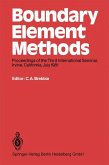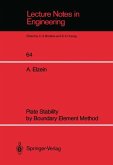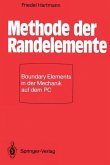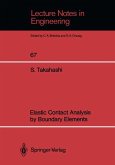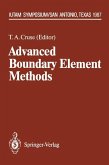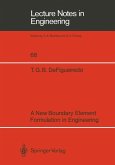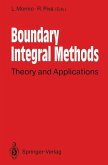The Boundary Element Method (BEM) has become established as an effective tool for the solutions of problems in engineering science. The salient features of the BEM have been well documented in the open literature and therefore will not be elaborated here. The BEM research has progressed rapidly, especially in the past decade and continues to evolve worldwide. This Symposium was organized to provide an international forum for presentation of current research in BEM for linear and nonlinear problems in solid and fluid mechanics and related areas. To this end, papers on the following topics were included: rotary wing aerodynamics, unsteady aerodynamics, design and optimization, elasticity, elasto dynamics and elastoplasticity, fracture mechanics, acoustics, diffusion and wave motion, thermal analysis, mathematical aspects and boundary/finite element coupled methods. A special session was devoted to parallel/vector supercomputing with emphasis on mas sive parallelism. This Symposium was sponsored by United Technologies Research Center (UTRC) , NASA Langley Research Center, and the International Association of Boundary Ele ment Methods (lAB EM) . We thank the UTRC management for their permission to host this Symposium. In particular, we thank Dr. Arthur S. Kesten and Mr. Robert E. Olson for their encouragement and support. We gratefully acknowledge the support of Dr. E. Carson Yates, Jr. of NASA Langley, Prof. Luigi Morino, Dr. Thomas A.


